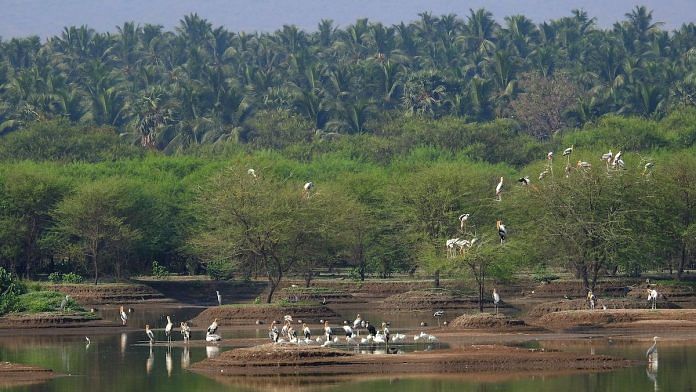Humans have only discovered and described around 20% of the species on Earth.
This means that as much as 80% of life has still to be found – and then protected for future generations.
Now scientists have created an interactive map using existing species to predict where the next ones might be discovered.
Writing in the journal, Nature Ecology & Evolution, Mario Moura and Walter Jetz identify diversity hotspots where we are most likely to find new species of mammals, birds, reptiles and amphibians.
Tropical forests in countries including Brazil, Indonesia, Madagascar and Colombia have the richest potential for new species, according to their study, Shortfalls and opportunities in terrestrial vertebrate species discovery.
“At the current pace of global environmental change, there is no doubt that many species will go extinct before we have ever learned about their existence and had the chance to consider their fate,” says Jetz, a professor of ecology and evolutionary biology at Yale University.
Also read: International Day for Biological Diversity — we need to recognise our solutions are in nature
Earth’s biodiversity puzzle
His project, with lead author Moura, involved compiling data over two years on 11 key factors of about 32,000 known terrestrial vertebrates. This included location, geographical range, habitat, discovery dates and biological characteristics.
Analyzing this data allowed them to extrapolate where and what kinds of unknown species of the four main vertebrate groups were most likely to yet be identified.
“Finding the missing pieces of the Earth’s biodiversity puzzle is crucial to improve biodiversity conservation worldwide,” says Moura, a professor at the Federal University of Paraíba in Brazil.
With partners worldwide, Jetz and colleagues plan to expand their map of undiscovered life to plant, marine and invertebrate species in the coming years.
Why biodiversity matters
Biodiversity – the variety of life on Earth – supports the ecosystems that humans rely on, such as fresh water, pollination and soil fertility.
Nature can also help combat climate change. For example, forests absorb carbon dioxide that would otherwise warm the atmosphere.
Around 40% of the world’s economy is thought to be contingent on biological resources – and if biodiversity losses continue at their current rate, the food, forestry and ecotourism industries could lose $338 billion per year.
Victoria Masterson, Senior Writer, Formative Content
This article was previously published in the World Economic Forum.
Also read: Street trees can reduce people’s need for antidepressants, says study




